Angels, Demons and Everything Between: The Horror Legacy of Max von Sydow

He was Jesus and the Devil. A Knight and a mute neighbor. A Bond villain and the voice of an evil Carpathian. But like many horror fans, I first knew him as a priest. His performance as Father Lancaster Merrin in The Exorcist (1973) remains among the most iconic not only in horror cinema, but all cinema. His performance is so good (along with the astonishing old-age makeup by Dick Smith) that its mind-boggling to think that he was only 43 years old when he played the role. According to interviews, he had trouble getting roles for years afterward in the United States because so many assumed he was a much older man.
Max von Sydow who passed away this week at the age of 90, contributed much more to the horror genre than this one outstanding performance. From early roles in his native Sweden to late-career performances in films like Shutter Island, his contributions are vast and varied. Though some may question whether many of these films fall squarely into the genre, they have certainly had an effect on horror cinema that has reverberated through the years. Here are just a few highlights from von Sydow’s remarkable career.
Bergman
There is simply no argument that Ingmar Bergman is one of the greatest filmmakers that ever lived. But it should also be noted that his collaboration with Max von Sydow is one of the greatest cinematic actor/director partnerships in history along with teams like Mifune and Kurosawa, Stewart and Hitchcock, Kinski and Herzog, DeNiro and Scorsese. Of the many films they made together, three can be considered masterpieces of the fantastic and macabre.
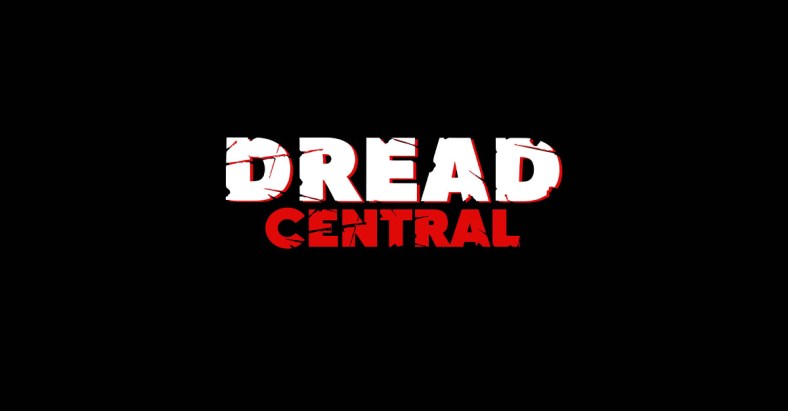
The Seventh Seal (1957) is rarely discussed as a horror film, but consider the evidence: a desolate landscape filled with plague-ridden corpses, a chess match with Death himself, and an unforgettable closing shot of the Danse Macabre—Death leading a cadre of souls to the grave under a foreboding, cloud-filled sky. Its fingerprints can be found everywhere from Roger Corman’s Edgar Allan Poe movies of the 1960’s to the Hellraiser films to Bill and Ted’s Bogus Journey (1991). In the film that brought both he and Bergman to the international stage, von Sydow plays Antonius Block, a knight recently returned from the crusades who encounters the specter of Death on the beaches of his native country. Block defiantly challenges Death to a game of chess, if he wins, he lives; if he loses, Death gains possession of his eternal soul. This compelling story is the connective tissue that takes us through multiple vignettes that dive into Bergman’s (as well as von Sydow’s) own struggles with religious faith, the nature of fate, and the meaning of life itself. Von Sydow’s performance (his first starring role) is utterly unforgettable. His confidence and authority as an actor fully realized, even in such an early role. From this point on, he became Bergman’s go-to actor for film after film until the early 70’s when he made his leap to Hollywood.
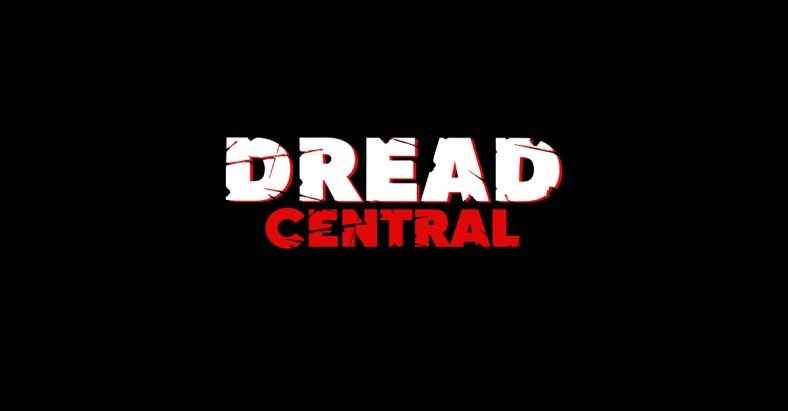
No one can doubt the horror credibility of The Virgin Spring (1960). Though the film itself may be considered “horror adjacent,” it was the seed that gave root to a notorious film, The Last House on the Left (1972), which launched the legendary horror careers of producer Sean S. Cunningham and director Wes Craven. Both films follow the same basic plot: a group of thugs find refuge in the home of the parents of a young woman they have raped and murdered only to have these parents carry out vengeance upon them. But Bergman’s film is much more interested in the transition from paganism to Christianity that happened in Sweden during the early medieval period in which the film is set and the personal crisis of faith that von Sydow’s character, Töre, goes through as the family’s patriarch. It is a film of ethical dilemmas and the search for redemption with von Sydow giving a subtle and moving performance. Here he uses every bit of his commanding presence (he was six foot four!) to its full advantage. His thin, long and stoic face as if carved from granite in the early scenes gives way to deeply expressed emotion in the film’s closing as he mourns over the body of his slain daughter and seeks forgiveness for his wrath.
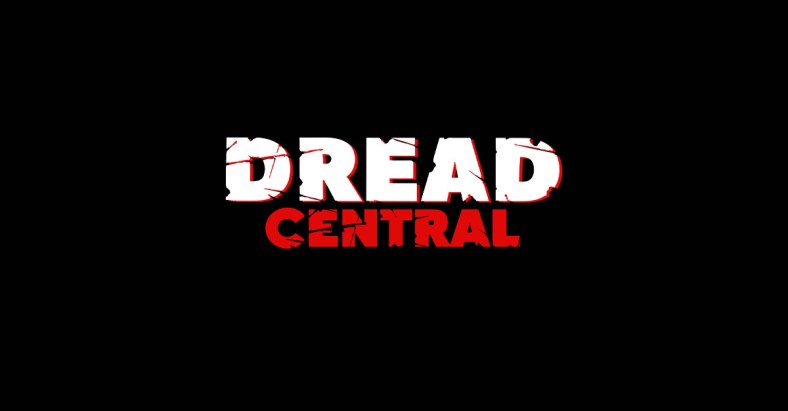
Over the next several years, Max von Sydow would make many more films with Bergman before starring in his first American film, The Greatest Story Ever Told (1965) in which he played none other than Jesus Christ himself. He would spend the next few years making films with other directors, but his next collaboration with Bergman is the one film they made together that can firmly be called a horror film: Vargtimmen (Hour of the Wolf) in 1968. It is a strange and sometimes surreal film that clearly influenced filmmakers like David Lynch. Once again, von Sydow gives an authoritative and confident performance as Johan Borg, an artist residing on a windswept Scandinavian island who suffers from bizarre nightmares during the “hour of the wolf” between midnight and dawn. His performance in the film takes him from extremes of total control to total madness. In all his collaborations with Bergman, von Sydow gives performances of remarkable depth and intelligence, with layer upon layer stirring beneath the surface. Whether his role was large or small, he gave everything he could to it. His work in these films no doubt brought him to the attention of William Friedkin for what would become the role he is most remembered for, at least in the United States. His commitment to every character, large and small served him very well as he made the transition from Swedish cinema to the wilds of the Hollywood scene in the 1970’s.
After The Exorcist
Following his role in Friedkin’s terrifying classic, Max von Sydow’s career remained as varied as ever. He continued taking on diverse roles in every kind of film imaginable: dramas, comedies, action films, and of course, science fiction, fantasy and horror films. Besides reprising his role as a younger Father Merrin in Exorcist II: The Heretic (1977), some particular standouts in the horror genre include roles in Dreamscape (1984), the voice of Vigo the Carpathian in Ghostbusters II (1989), and smaller roles in Martin Scorsese’s Shutter Island and the director’s cut of Joe Johnston’s The Wolfman (both 2010). But perhaps his greatest horror performance of this later period is as Leland Gaunt, the mysterious antique store proprietor in Needful Things (1993).
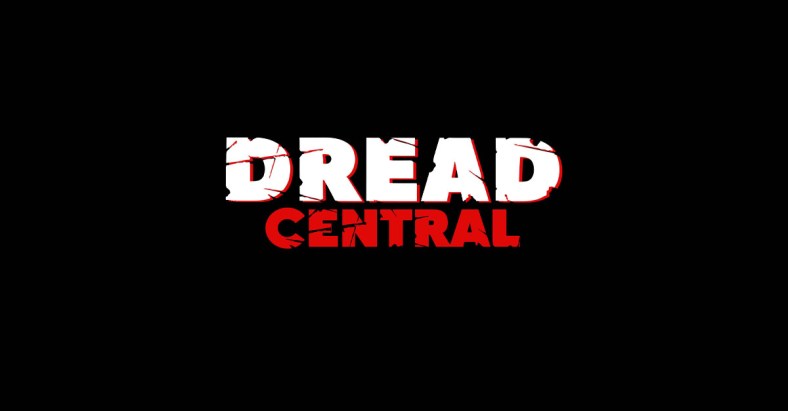
Perhaps even more than The Exorcist, this was the film that introduced me to Max von Sydow, the great actor. Here for the first time I realized his range. He is charming and seductive, reveling in the chaos that he brings about on Stephen King’s mythic town of Castle Rock. He joyously relishes the Machiavellian schemes he indulges in; turning neighbor against neighbor and family against family until the entire town comes to the very brink of hell on earth. Though never explicitly stated in either book or film, Gaunt is quite clearly the incarnation of Satan himself, making Max von Sydow the only actor who has played both Jesus Christ and the Devil in two separate films. If you have not yet been convinced, you have to admit it: that’s range! Needful Things is also when I realized how much younger he was than I initially thought. Like many, I had simply assumed he was in his 70’s or 80’s when he played Father Merrin twenty years before. But here he was, in his mid-sixties, still energetic and vital and completely captivating on screen. I had to know more about this actor and what he was capable of. It turned out to be quite a lot.
Max von Sydow racked up a remarkable 144 film credits (and many more on television and stage) as an actor stretching from 1949 to 2018. He directed one film, was nominated for two Oscars, two Golden Globes, two Emmys, multiple Saturn awards, numerous film festival and critics awards, and a Fangoria Chainsaw Award for his role in Needful Things. Though he rarely won these awards, he certainly won over multitudes of fans over the decades. Though we mourn a loss, we must also celebrate this long, fulfilling, and fruitful career. Most actors don’t even get the opportunity to play one great role, but Max von Sydow played many. The films he appeared in include some of the most revered of cinema classics to the greatest of cult classics like Flash Gordon, Conan the Barbarian, and Strange Brew. In addition to Bergman, he made films with many great directors including George Stevens, John Huston, Steven Spielberg, Ridley Scott, Woody Allen, Martin Scorsese, Penny Marshall, and David Lynch just to name a few.
And on a personal note, he was my gateway to the vast treasure trove that is world cinema. Because I have been a horror fan for as long as I can remember, seeing him in The Exorcist and Needful Things made me want to see more of this actor that could have such a range. This led me to his work with Ingmar Bergman and beyond.
So, let us all take a moment to celebrate this remarkable legacy both for horror and for the whole world of cinema. Rest well, good sir, and thank you for all the joy, and sometimes fear, you have brought us.
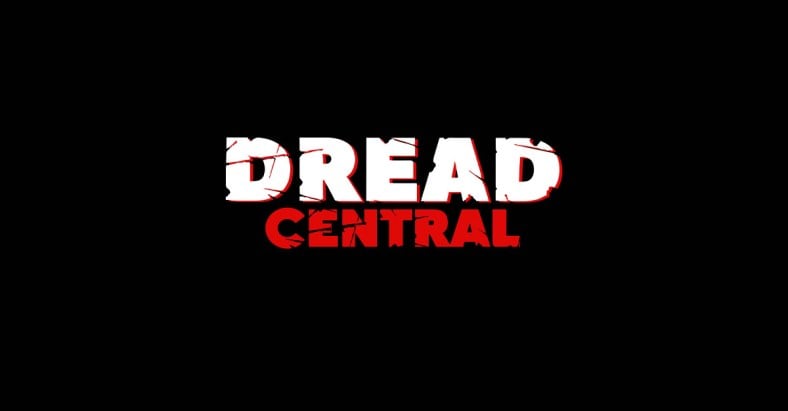
Categorized:Editorials News

